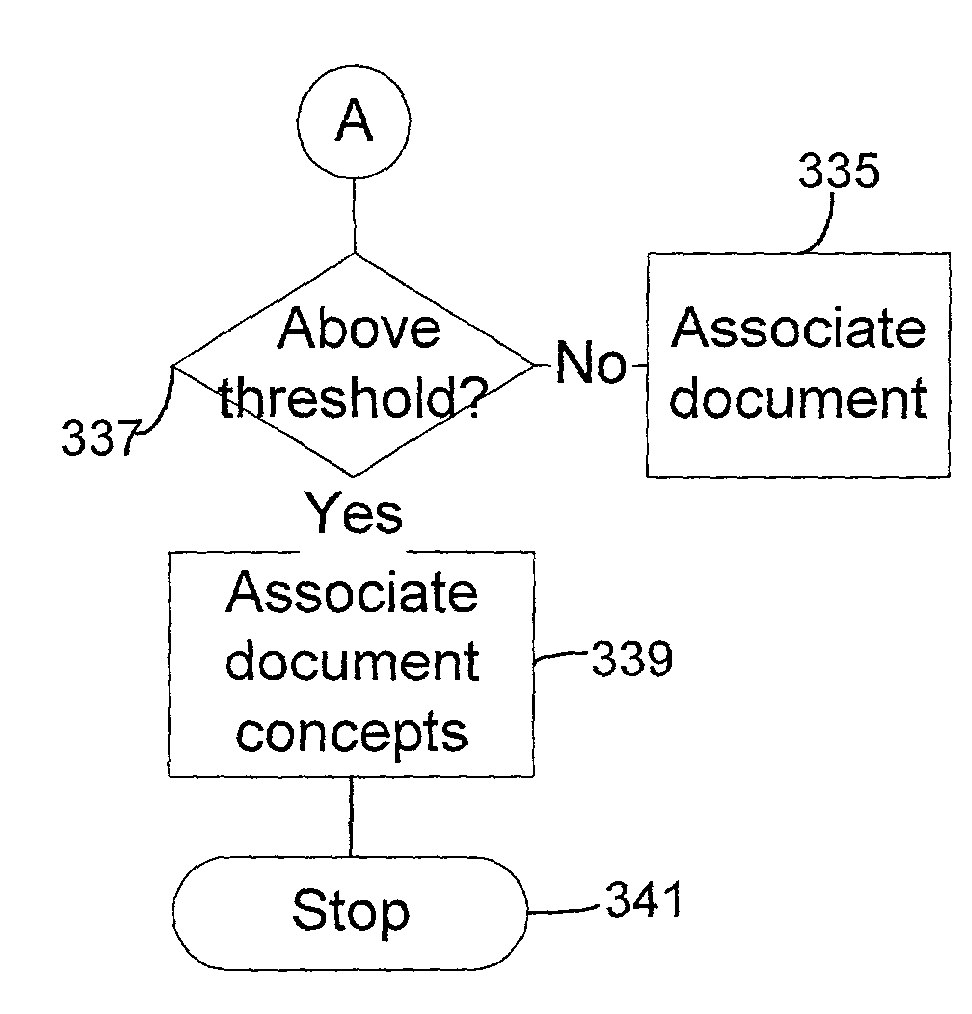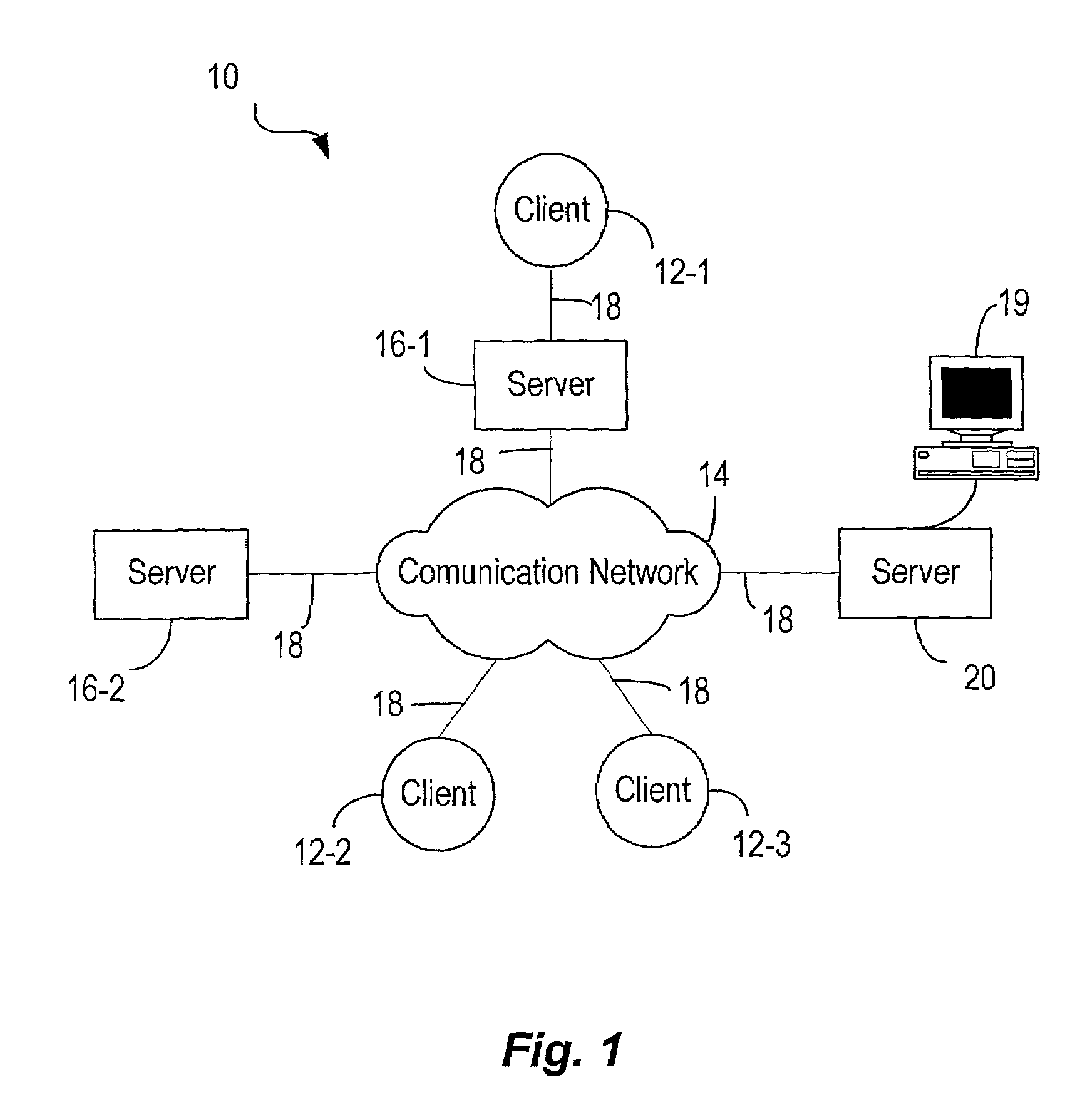Method and system for classifying or clustering one item into multiple categories
a technology of classification and clustering, applied in the field of classification information, can solve the problems of difficult to make scribes on cave walls, difficult to transport such walls, and easy damage, and achieve the effect of avoiding the damage of the wall
- Summary
- Abstract
- Description
- Claims
- Application Information
AI Technical Summary
Benefits of technology
Problems solved by technology
Method used
Image
Examples
examples
[0079]To prove the operation and implementation of the present invention, I performed experiments using computer software and hardware. In this experiment, I implemented a Euclidean distance clustering algorithm using about 40,000 documents, which were organized into about 4,000 clusters. The algorithm was implemented using an object oriented language, commonly referred to as C++. The documents were Web pages, which were captured and stored. Such Web pages were derived from the Internet. The clustering algorithm was programmed into a PC based computer having at a 600 MHz dual processors, which were based upon a microprocessor design by Intel Corporation of Santa Clara, Calif. The computer also had 256 Meg. of dynamic random access memory. The computer also required a suitable amount of memory to store the documents locally, although such documents may not need to be stored locally. Here, the computer had a 10 Gbyte storage. Each document were categorized into up to two clusters. I v...
PUM
 Login to View More
Login to View More Abstract
Description
Claims
Application Information
 Login to View More
Login to View More - R&D
- Intellectual Property
- Life Sciences
- Materials
- Tech Scout
- Unparalleled Data Quality
- Higher Quality Content
- 60% Fewer Hallucinations
Browse by: Latest US Patents, China's latest patents, Technical Efficacy Thesaurus, Application Domain, Technology Topic, Popular Technical Reports.
© 2025 PatSnap. All rights reserved.Legal|Privacy policy|Modern Slavery Act Transparency Statement|Sitemap|About US| Contact US: help@patsnap.com



